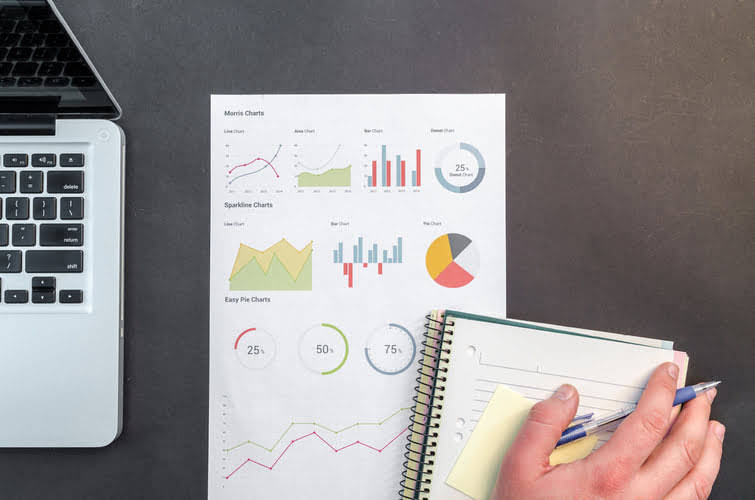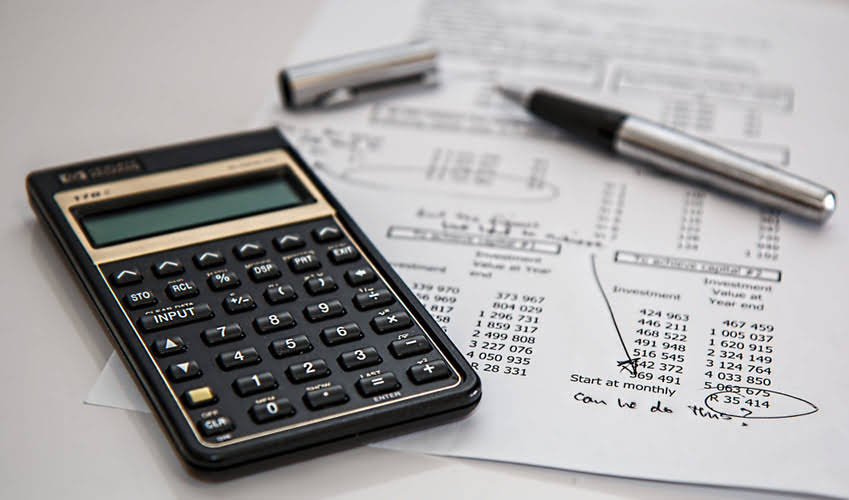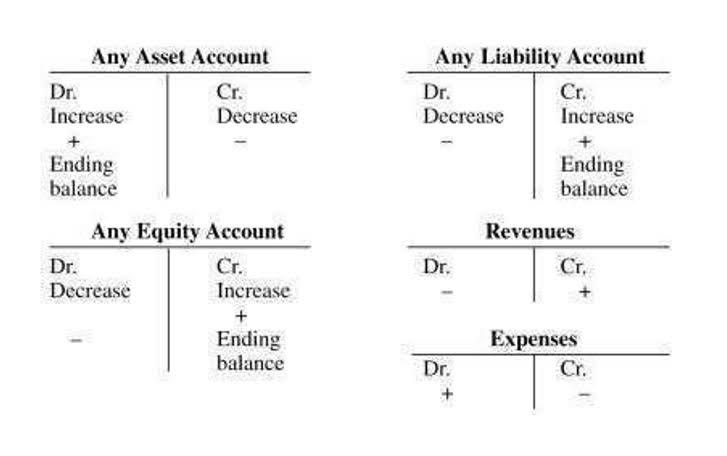
Implementing quality control measures at multiple stages of production can help catch defects early. Investing in better equipment, improving worker training, and refining manufacturing techniques can significantly lower defect rates. Lower defects mean fewer returns, better customer satisfaction, and reduced production waste—leading to a lower cost per unit. By tracking unit costs, businesses can evaluate the profitability of their operations. Comparing the selling price per unit to the production cost per unit helps in identifying which products are profitable and which need adjustments.
What Is Material Management? Key Functions & Goals
- Unprofitable or slow-moving SKUs often drive up storage, handling, and administrative costs.
- This figure can be either the actual number of units manufactured or a projection based on sales forecasts and inventory needs.
- This creates a buffer to account for unexpected expenses or market shifts.
- Your variable costs are actually lower because you continue to pay this employee the same hourly wage while receiving greater output.
- Only when you know how much it costs to produce or procure a single unit of any SKU can you make more informed decisions on how much to sell it for.
She has also written content for Arka, Adquadrant, Okendo, and Tydo, establishing herself as a thought leader in logistics and fulfillment strategy. Dealing with these common inventory challenges can hike up logistics costs, from higher storage costs to returns management (e.g., shipping labels, processing and restocking). It is best to have a relatively low cost per unit, as long as the quality and sustainability standards are maintained.

Latest tips to improve ecommerce logistics
This could happen if a computer manufacturer needs to rent more warehouse space in order to fulfill orders. In this case, you would need to determine a new fixed cost to take into account this additional expense. Aside from these kinds of situations, fixed costs shouldn’t vary significantly from one production to the next. The total cost of production can be segmented into two distinct types of costs, which are differentiated by their relationship (or lack thereof) with the volume of output.
🧮 How to Calculate Process Costing

Thus, these costs are crucial to shaping your company’s budgeting process. This blog post defines the cost per unit, explains its components, elaborates on why it is important, and elucidates the strategies to reduce it. Gain a fundamental understanding of your product’s true production expense to optimize pricing and improve business profitability. For example, by maintaining inventory accuracy and forecasting demand, brands can ensure that they have the right amount of inventory on hand to meet customer needs. RFID technology can also be used to find cost per unit track inventory movements in real time, which helps teams optimize their inventory levels and avoid stockouts.

The basis of this calculation is Total Production Costs / Number of Units Produced. This encompasses the sum of all production-related expenses divided by the total units produced during the period. As production increases, total variable costs rise, but the per-unit cost depends on the efficiency of resource use. Cost per unit and price per unit are two key financial metrics that businesses use to manage profitability. While both relate to individual products, they serve different purposes—one reflects the expense of production, while the other determines revenue.

How To Calculate Cost Per Unit, Plus Tips To Reduce Costs
Red Stag Fulfillment offers inventory planning and management assistance to help you control costs and achieve a consistent ROI. Aligning your prices with those of competitors helps make your offerings more appealing to customers. For example, if your competitors sell a similar product for $20, you might price yours at $18 to gain a competitive edge.
Discover the Power of Sourcetable for Calculating Average Costs
- As a business owner, you have to carefully manage these fulfillment expenses to keep per unit costs down.
- When a step cost is incurred, the total fixed cost will now incorporate the new step cost, which will increase the cost per unit.
- Many product-based businesses, from smaller local shops to large corporations, calculate their cost per unit.
- “We love that ShipBob allows us to keep low overhead by not having to do shipping ourselves.
- It implies that you have to bear them even when your production or sales is zero.
ERP software provides real-time visibility into unit costs in addition to material costs, labor expenses, and overhead costs, helping manufacturers monitor and adjust spending. This prevents cost overruns and allows for more accurate pricing decisions. Tracking unit costs allows manufacturers to assess and optimize production processes, ensuring efficiency and minimizing waste. This could translate directly into a reduction in labor and material costs. Cost per unit refers to the total expense incurred to produce a single QuickBooks Accountant unit of a product. This metric is crucial for manufacturers to monitor costs, set competitive prices, and optimize production efficiency and profitability.
Best Order Management System for Scaling Brands in 2025

Total manufacturing cost refers to the total expenses involved in producing goods. This includes direct materials, direct labor, and manufacturing overhead. Accurately calculating total manufacturing costs is essential for determining product pricing, managing resources, and maximizing profitability. By using the total manufacturing cost formula, companies can make informed decisions about cost-cutting strategies and pricing models. Knowing how to find total manufacturing costs allows businesses to compete better in the market and optimize their production processes.
- Cost unit is the base unit that is required for buying the least amount of a given product where as unit cost is the least cost to purchase a unit of a product.
- This figure represents the total number of items created or handled within a specific period—such as monthly production volume or a single fulfillment cycle.
- To calculate the variable cost per unit, the company requires two components, which include total variable expenses incurred during the period and the total level of production of the company.
- Moving forward, the next section draws a comparison between the cost per unit and price per unit.
- Without understanding your unit costs, it’s impossible to know if your prices are sufficient to generate a profit.
Here is how ShipBob can turn your logistics operations into a revenue driver. “We https://hoo2kah.com/massagebook-your-all-in-one-massage-therapy/ love that ShipBob allows us to keep low overhead by not having to do shipping ourselves. So, the business needs to sell the goods at $88 to be profitable at their desired margin. Discover the best strategies for getting your inventory where it needs to be.